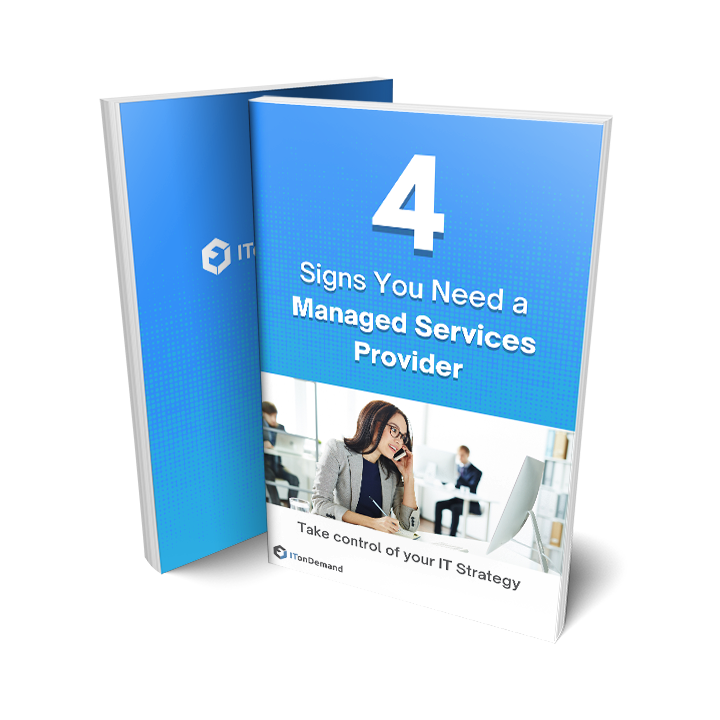Digital technology is becoming the future for businesses. Yet, remote work hasn’t obtained widespread acceptance because of this question: how are businesses supposed to ensure accountability in this new work-from-anywhere environment?
COVID-19 forced many businesses to transition to a work from home environment. Whether business owners liked it or not, they had to go remote. Former critics of remote work are discovering the benefits. A lot of employees are enjoying the opportunity and want to keep doing it.
Due to the pandemic, technology and products have adapted faster to remote workplaces. Let’s dive into the best resources to ensure remote accountability with your team.
Top Tools for Remote Work Accountability
At the end of the day, employers need to trust their team. This is true whether they’re working on-site or from home. Still, supervisors can trust their employees easier with remote monitoring.
Team calendars
Aligning your team’s calendars is a great starting point. Microsoft 365, Google’s G Suite, and other tools allow staff to share calendars. Your employees can schedule personal appointments and team-wide meetings. This enables your team to communicate their availability to you and your team. Managers can go online to track sales meetings, client presentations, or team sessions.
Project management software
Project management software is another way to stay up-to-date with your team. Teamwork, Basecamp, and Trello all offer a central location to collaborate. Employees can use secure software from anywhere to share files and interact. To improve accountability and responsibility sharing, individuals can set deadlines and create tasks.
Messaging platforms
Businesses can also use messaging software to keep everyone on the same page. These communication tools provide for one-on-one messaging and group chat. It’s easy to send a quick note asking someone for a status update or to check-in. Some tools also allow individual and team audio calls as well as video conferencing. Some common tools are Microsoft Teams and Slack.
Cloud-based office software (document collaboration)
For remote collaboration, also use cloud-based office software. Having the ability to collaborate on company documents without email is key. Microsoft 365 and G Suite enable many users to go online and work on the same things at the same time. This lets managers view shared documents and verify progress. It’s also possible to invite clients or external accounts to access these files. Be cautious when doing this for security reasons. Contact us for examples of how Managed IT can save you time, money, and sleep better at night.
Remote security
Security is another reason businesses are resistant to remote work. But technology is keeping up.
Security software is a must-have for all businesses. Educate your employees about cybersecurity best practices. Requiring antivirus and malware upgrades. Limit external sharing and enable multifactor access. There’s a lot of ways you can help make remote work viable, reliable, safe, and secure.
Managed services provider
Need help installing or implementing remote work tools? A managed service provider can help. Or our IT experts can put in place the administrative controls you need to help secure work from home. Let us provide the IT help you need.
Contact us today at 800-297-8293! Feel free to download our eBook – completely free and learn about what Managed IT could do to help your business thrive.





